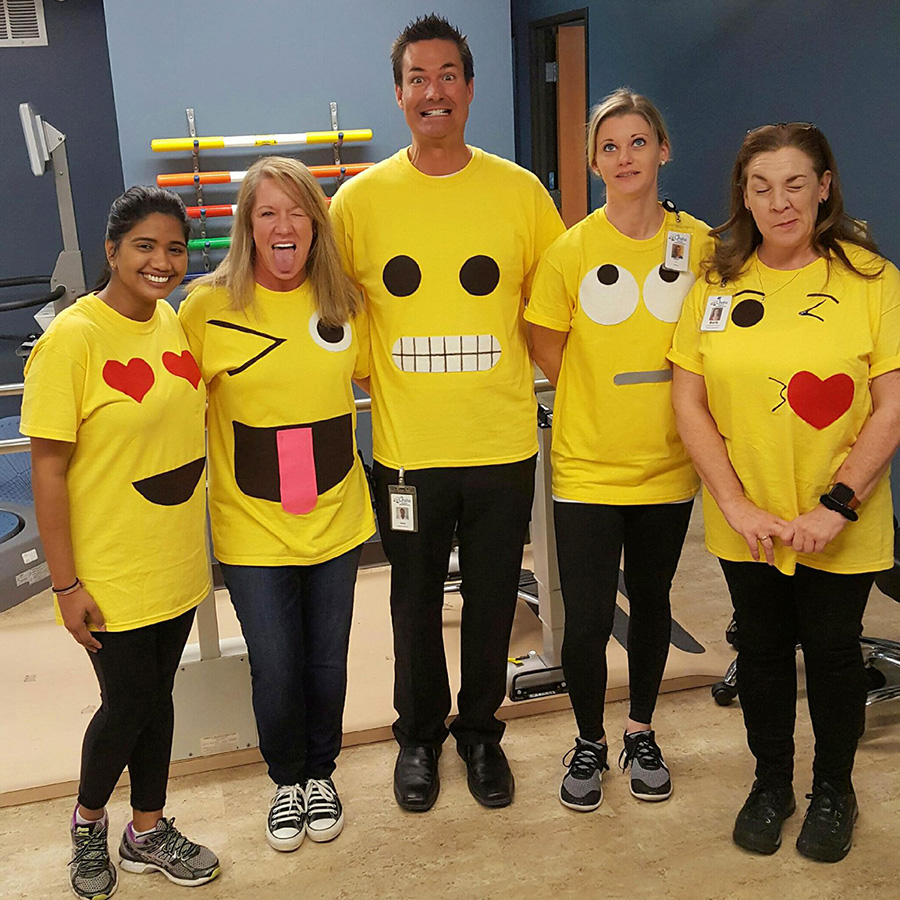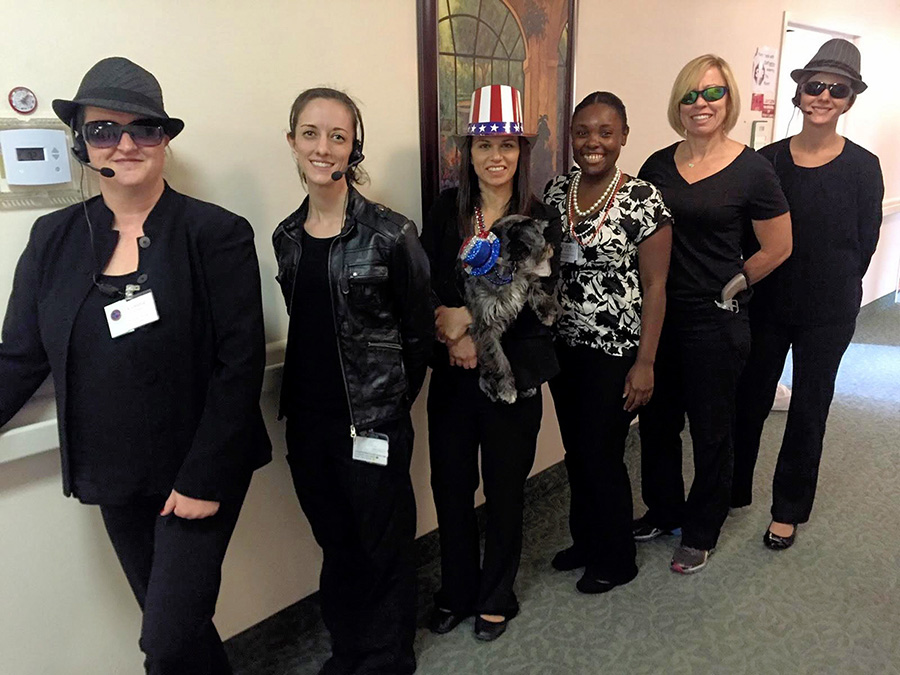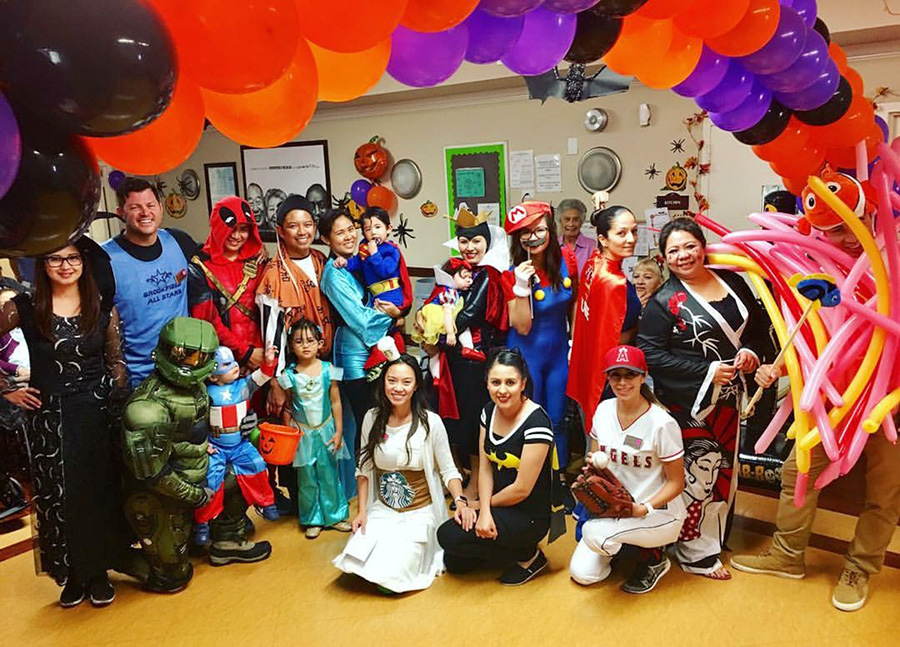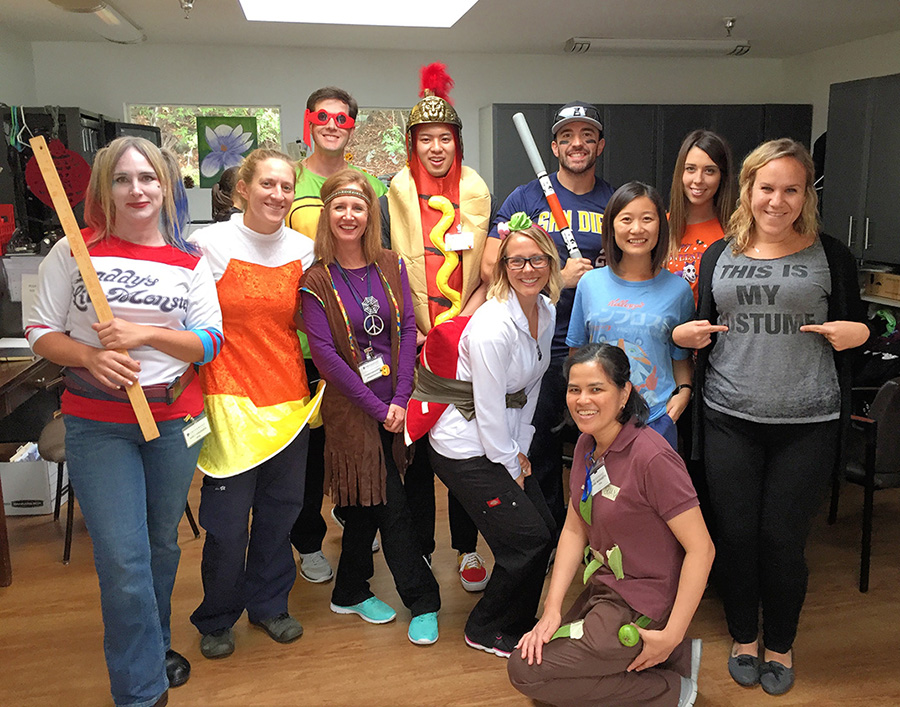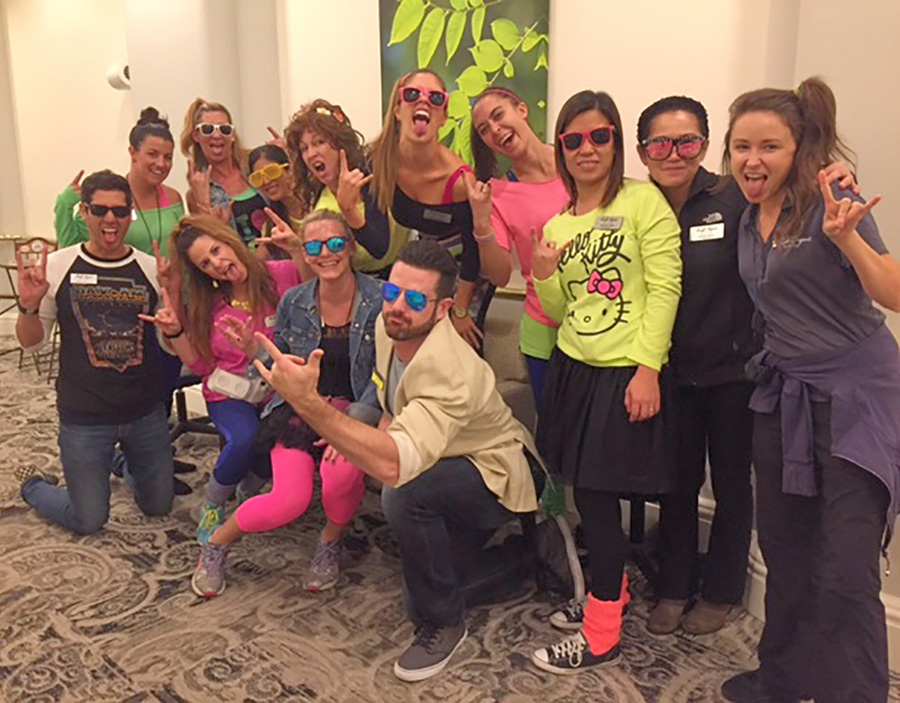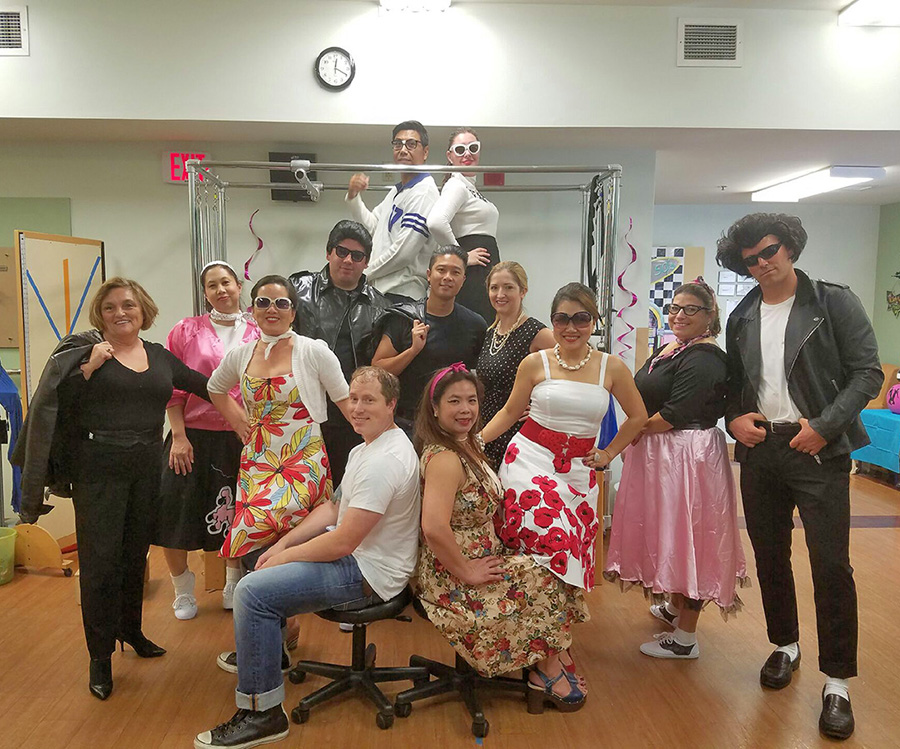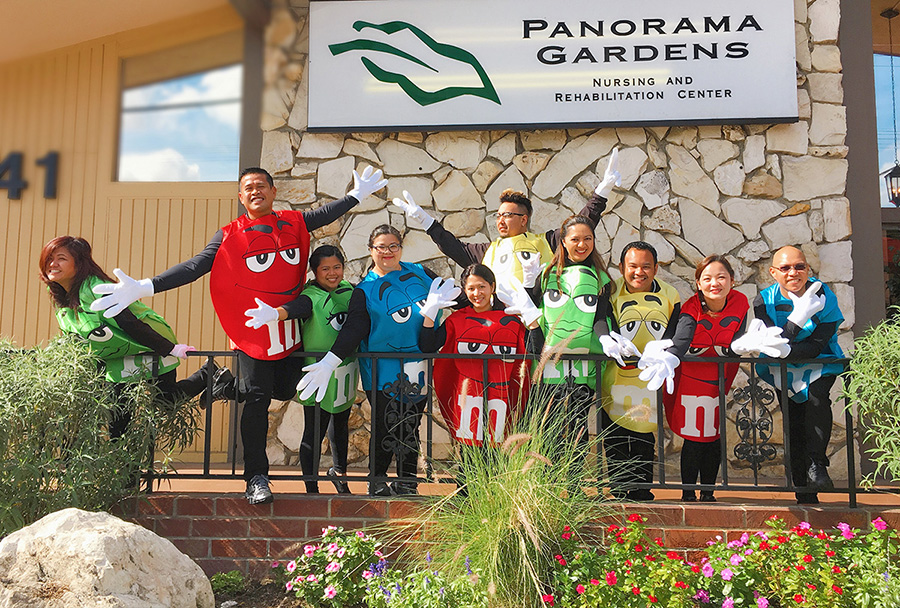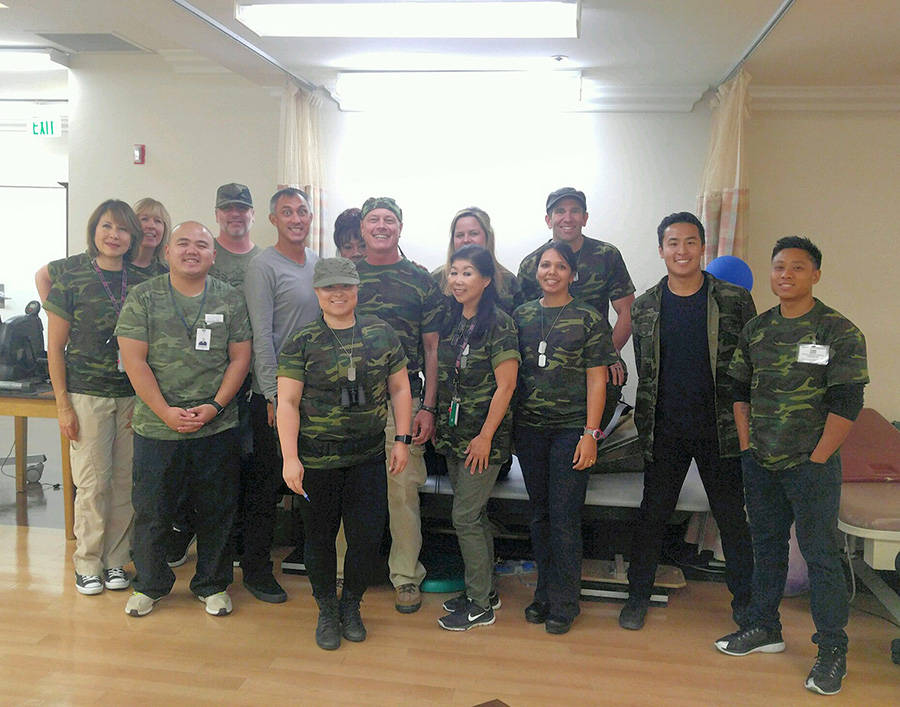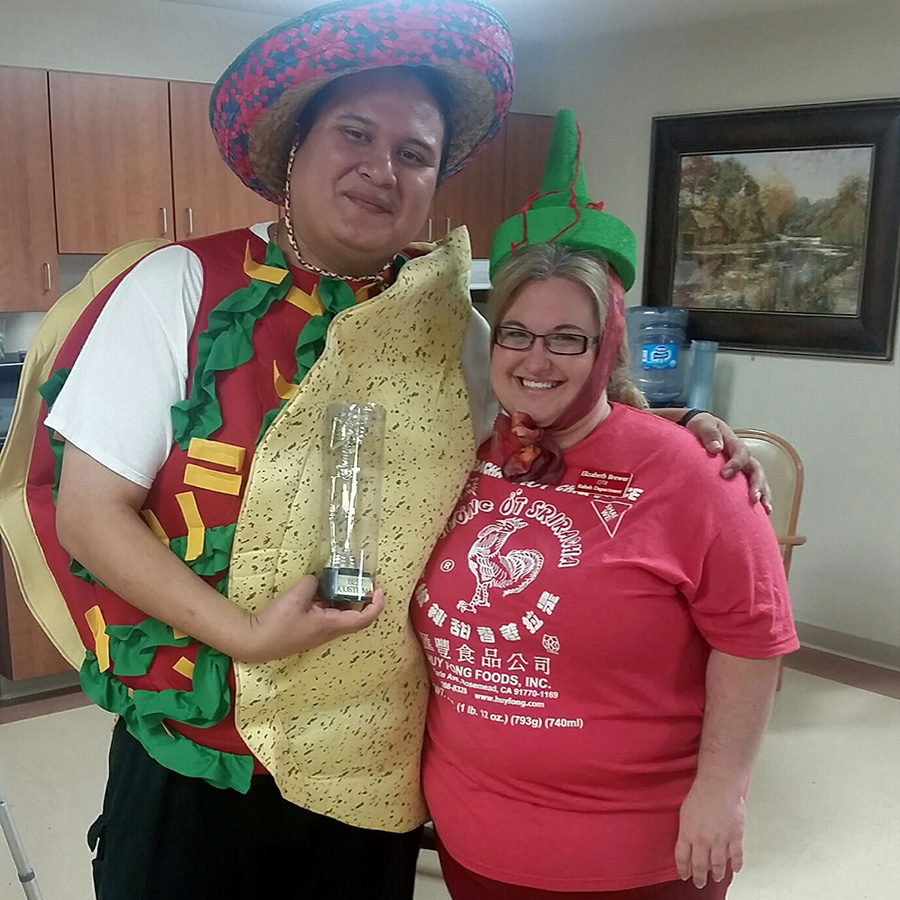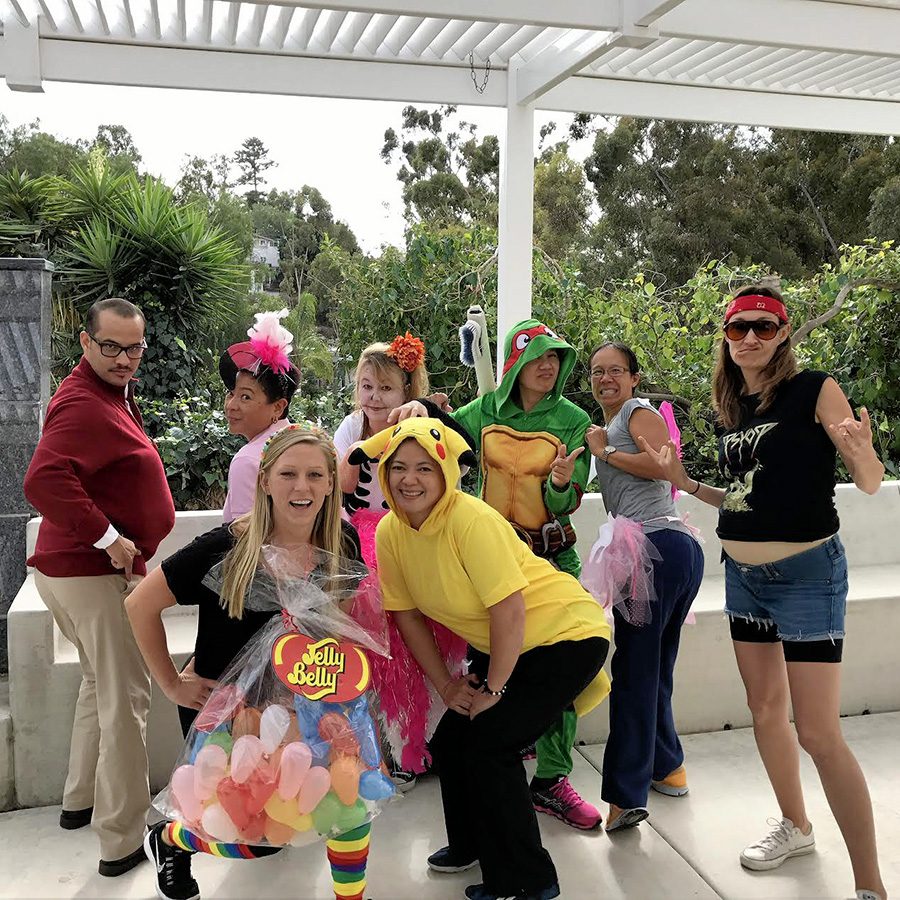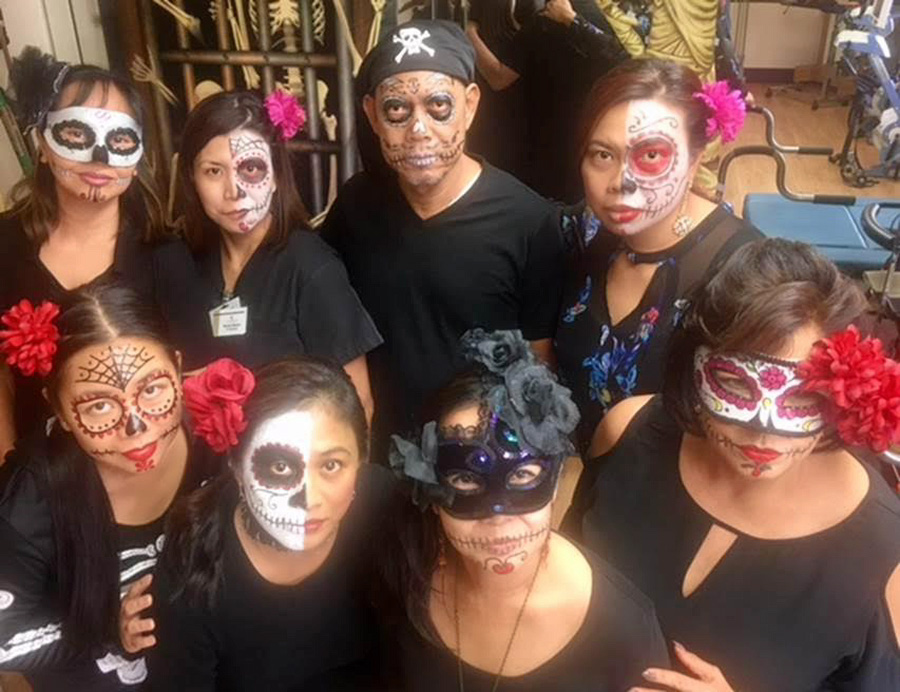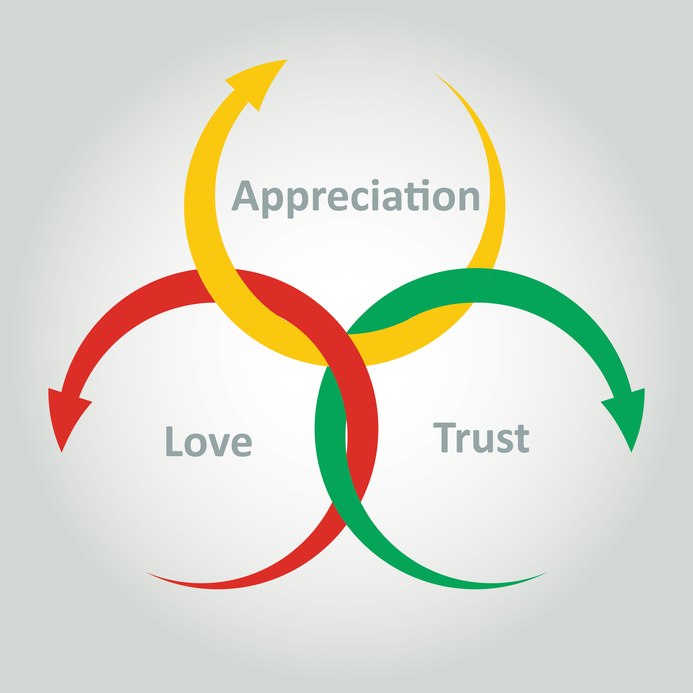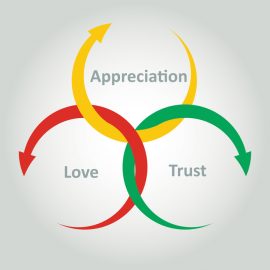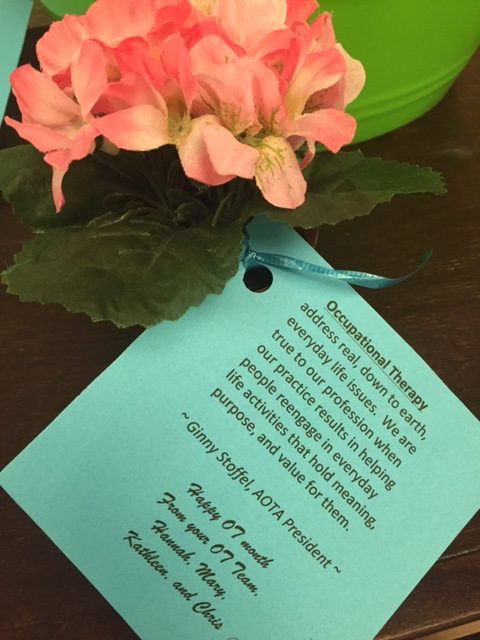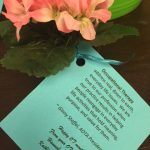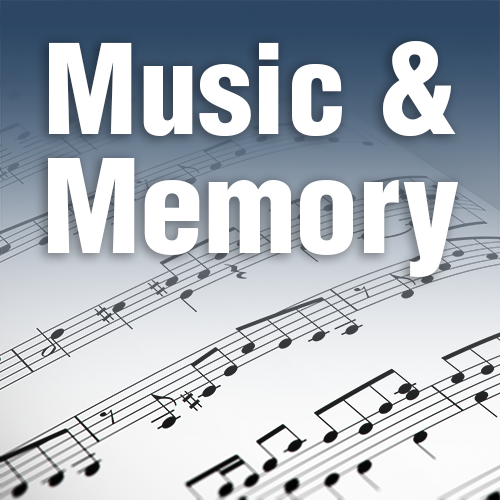
One of the reasons the link between music and memory is so powerful is that it activates so many portions of the brain at the same time. For example:
- Tonality processes in the pre-frontal cortex, the cerebellum and the temporal lobe.
- Lyrics process in the Wernicke’s and Broca’s area, as well as the visual cortex and the motor cortex.
- Rhythm processes in the left frontal cortex, the right cerebellum and the left parietal cortex.
- The medial pre-frontal cortex is responsible for music processing and music memories. Most importantly, the prefrontal cortex is among the last regions of the brain to atrophy.
Neurological research clearly shows that the Music & Memory program provides many therapeutic benefits for individuals with cognitive impairment or physical health decline, including:
- Boosts cognitive function by reaching into the deep recesses of memory
- Reduces the need for anti-psychotic medications
- Provides an enjoyable, fulfilling and individualized musical experience
- Triggers musical memories
- Stimulates recognition abilities
- Enhances engagement and socialization with family, friends, staff and peers
- Reduces falls by decreasing restlessness and agitation
- Provides person-centered care
- Improves the quality of life for our residents
Getting Started
This program needs a Champion, as it is time-consuming to start and maintain. The Champion in Park Manor Rehabilitation Facility is our Social Services Director and one of her SS students who is doing an internship with us. They went to the Music & Memory course and became certified in the program. However, you can do the program without being certified; you just can’t use their name and logo.
You can start with your most agitated residents first to get the program up and running slower, so it won’t be so daunting. The SS student did an iPod (new or used), headphone and iTunes card drive at the university where she was a student and helped with all the initial setup. Park Manor employees also donated, as well as brought in CDs or flash drives with music to download. Our SSD orders used iPods, headphones and iTunes cards from Amazon periodically.
We also sent out letters to our family members letting them know that we were implementing the Music & Memory program. We asked them to let us know what their loved ones’ favorite music was and/or bring in any music they thought they would like.
To help prepare our staff, we had a facility viewing of the movie “Alive Inside,” a documentary about music and its effects on dementia (the start of the Music & Memory foundation), currently available on Netflix or at Amazon.com.
With the program up and running, we use the following process to personalize the experience for each resident:
- Each iPod is assigned a number for each resident.
- The iPods are then personalized with the resident’s playlist.
- The staff check the iPods in and out for the residents (to help prevent them from getting lost or stolen).
- When any staff member notices a resident appears restless or agitated, is yelling (but has no care needs), or even just appears bored or lonely, we ask them if they would like to listen to music.
Results
The Music & Memory program has enhanced the lives of our residents. Park Manor has one of the lowest rates in the state of Washington for psychotropic medication use. We have decreased our falls, and the program has decreased the noise level by reducing yelling and agitation.
Meanwhile, it has provided our staff with a powerful tool to care for our residents holistically. It has freed up staff time to assist with resident cares. Undoubtedly, the Music & Memory program is an essential tool to provide compassionate, patient care to our residents with dementia.


